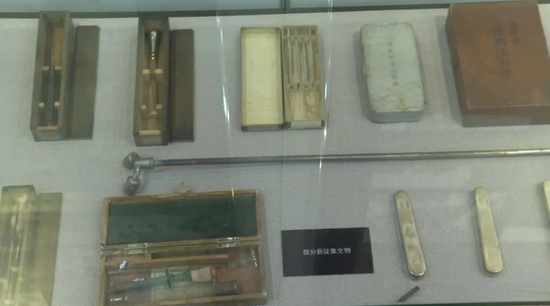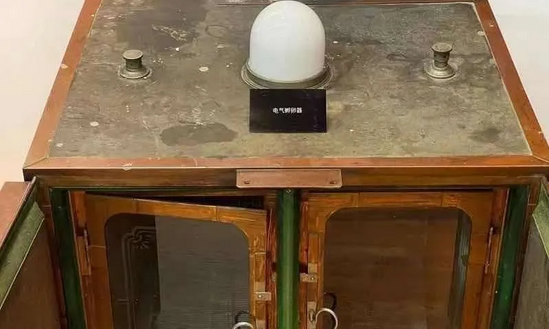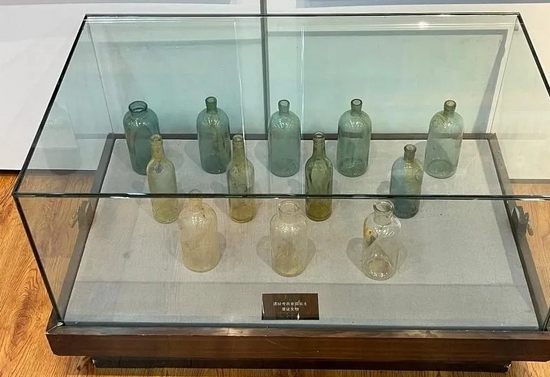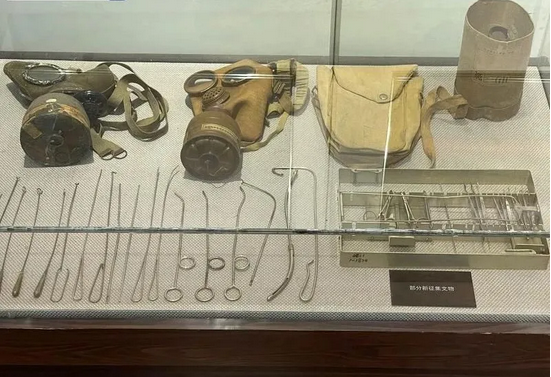
HARBIN, July 14 -- A few days ago, an exhibition of the new findings in the former Unit 731’s site was opened in Harbin of northeast China’s Heilongjiang Province. Many details of the excavation process and some special relics were displayed for the first time, further revealing to the world the Japanese invaders’ engagement in bacterial warfare research and the criminal facts of human experiments during China’s War of Resistance against Japanese Aggression.
The exhibition, divided into five areas,is mainly presented in the forms of historical photographs and relics, as well as document archives. A total of 195 historical relics, 554 pictures, and 150 sets of archive materials are exhibited.
Some newly collected historical relics are revealed for the first time in the exhibition, as the electric incubator is one of them. According to GaoYubao, a director of the exhibition, the electric incubator is a piece of special equipment for bacterial incubation and production. It shows how Unit 731 conducted bacterial research and produced it in the lab from the side.
He also mentioned that Japanese military’s Unit 731 dug pits to bury a large amount of evidence of crimes before it fled from China. These burial pits are the "criminal evidence of destroying evidence by the Japanese invaders". Eighty-two items on the exhibition, mostly experimental glassware, are digged from these pits.
In addition, this exhibition also revealed for the first time the newly-discovered base sites of the virus laboratories for the Takahashi Squad and Weapon Squad in Unit 731, as well as the underground sites of its No.1 warehouse. Among them, the Takahashi Squad was mainly used in virus experiments, including research on plague.












